How a guy from Kentucky ended up wrangling sharks in the Tasman Sea
Lexington, Kentucky, USA. A place is known for a few things such as horses and basketball but definitely not for its sharks. In reality, the closest ocean to Lexington is about 1000 km to the east. Growing up in Kentucky I spent more time with horses than I ever did with sharks. So how did I find myself in a PhD program in Australia studying sawsharks?
I always wanted to work with sharks. I found a college/university with a good marine biology program, which for me that was the College of Charleston, SC, USA. During my time there, I maximised my learning by grabbing all opportunities. I assisted professors in lab-based projects. I took an internship at the local aquarium where I assisted in animal husbandry from seahorses to sea turtles. I knew I wanted to work with sharks so I also looked for shark-specific opportunities after graduation. This led me to the Bimini Biological Field Station aka SharkLab.
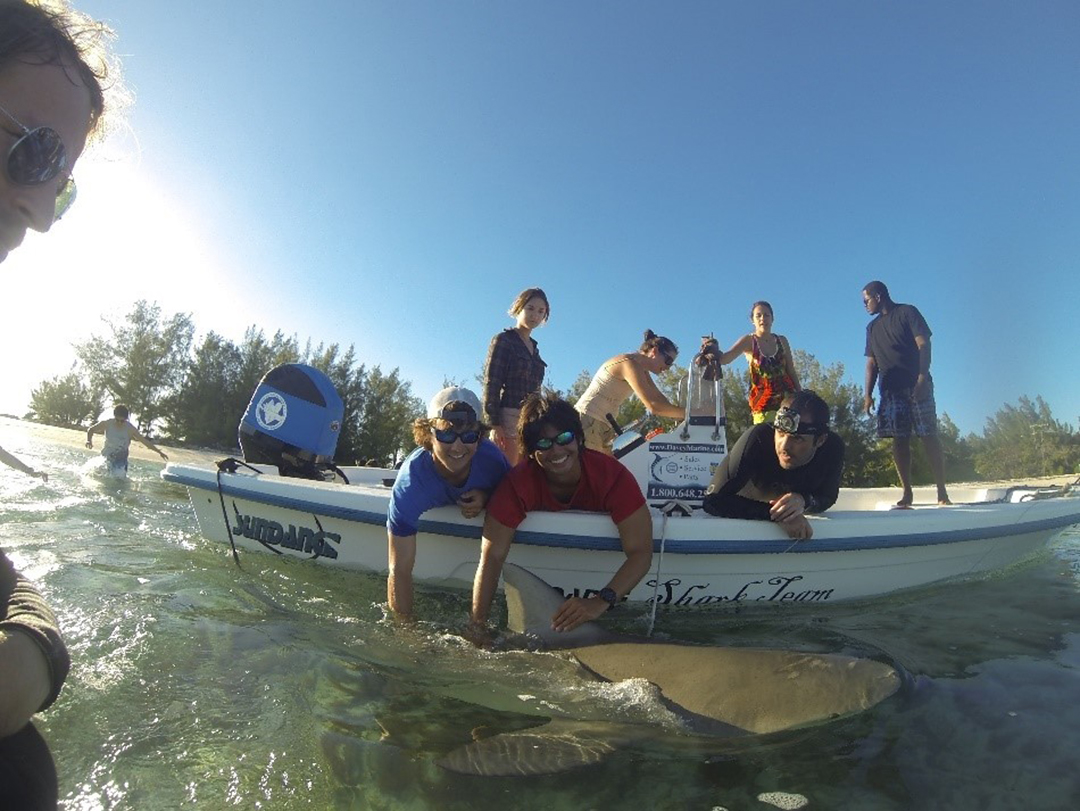
Collecting biological data from my first bull shark as a volunteer in Bimini 2013. Photo © Patrick Burke | Bimini Biological Field Station - Shark Lab.
Bimini is a fantastic place for someone who wants to get serious hands-on experience in field research with elasmobranchs. I was fortunate enough to get a volunteer position at the Sharklab for several months where I truly ‘lived’ sharks daily with activities like searching for juvenile lemon sharks or helping photo-ID great hammerheads. During this time my passion for elasmobranch research solidified and I knew it was something I needed to follow. That meant continuing my education. I heard about a European Master’s program through a student in Bimini, which I applied for and the next thing I knew I was moving to Belgium, enrolled in the program through the University of Ghent.
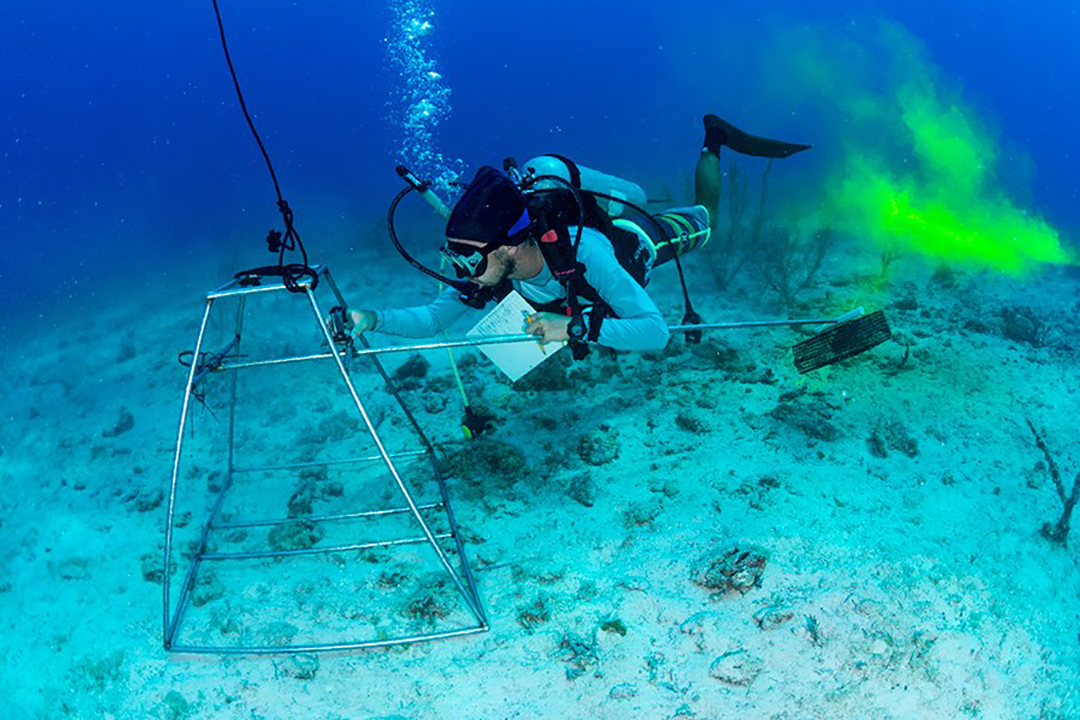
Deploying a baited remote underwater video survey (BRUVS) in Bimini as part of my masters research. Photo © Eugene Kitsios | Bimini Biological Field Station - Shark Lab.
This Master’s program consisted of the first year and a half of coursework and the last half-year of an independent research project. Naturally, for me, my research had to include sharks and the Sharklab offered me a perfect project involving the use of baited remote underwater surveys (BRUVS) to sample the various marine ecosystems in Bimini. Specifically, this project detailed spatiotemporal changes in fish communities across habitats in a broad ecological context.
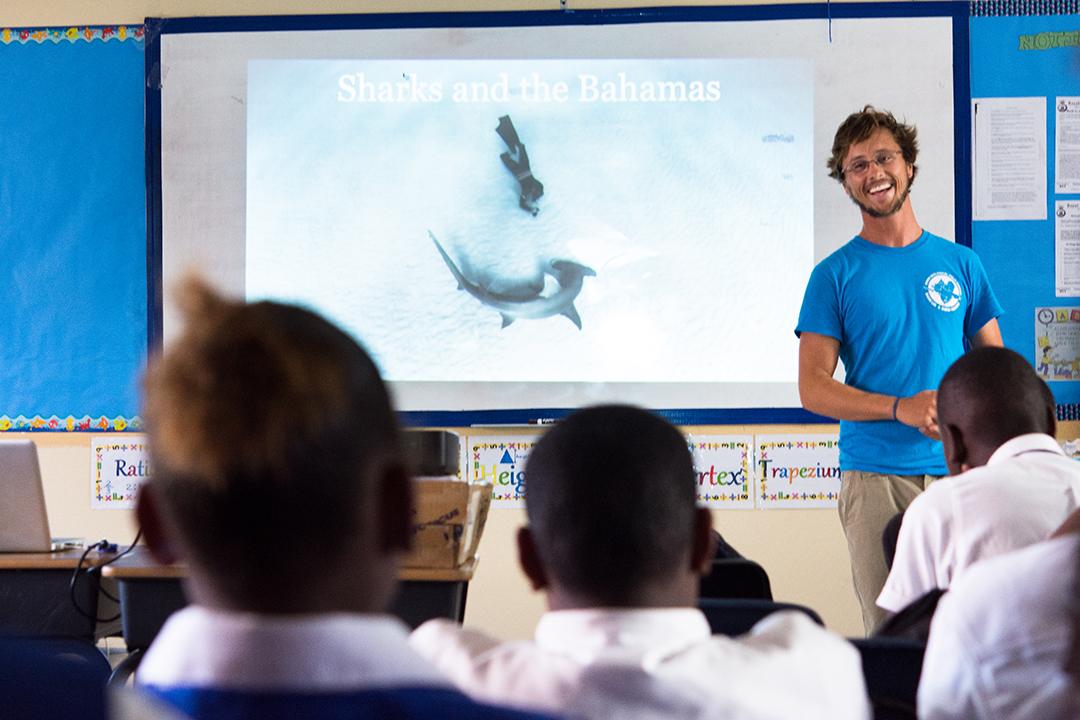
Giving a lecture to Bahamian students in Bimini on the value of sharks to the Bahamas. Photo © Chelle Blais | Bimini Biological Field Station - Sharklab
Upon completion of my Master’s degree, I was offered a position of Outreach Coordinator at the Sharklab. This role was perfect for me as it combined my two passions: teaching and research. The teaching was diverse, targeting young Bahamian school children to university students taking field courses at the Sharklab. Between teaching gigs, I would be in the field either continuing the BRUVS project or assisting one of the numerous ongoing projects at the Sharklab. This was a role I truly enjoyed and I quickly realised that I wanted to make a career out of teaching and research. I began looking towards PhD programs and projects.
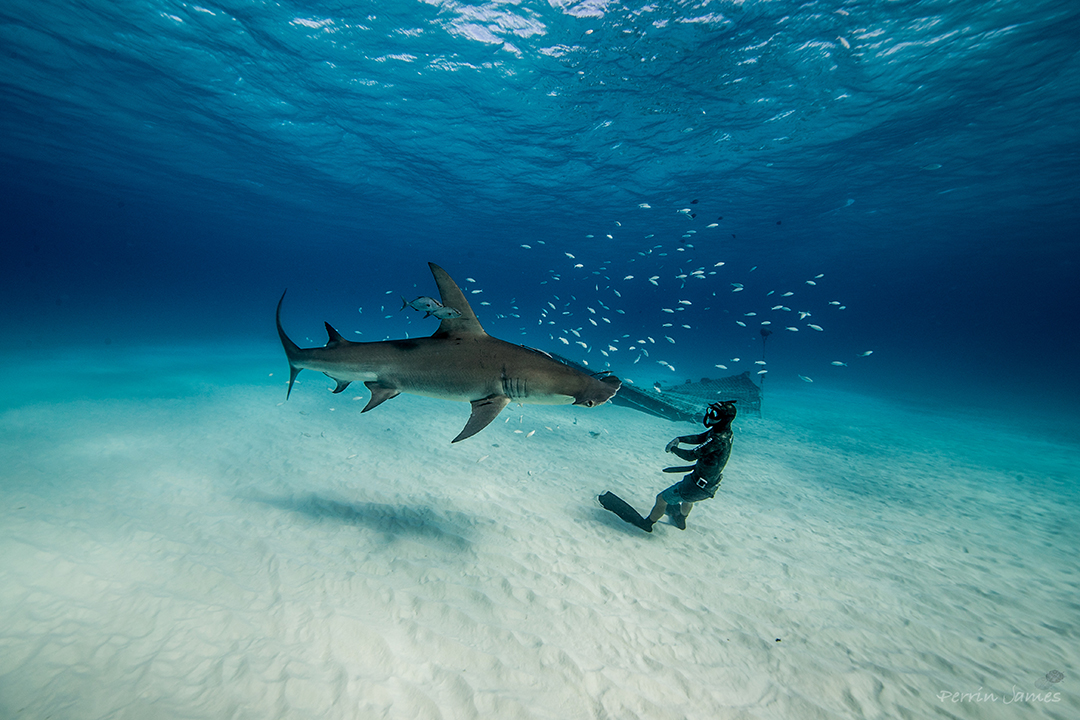
The iconic Great Hammerhead sharks of Bimini. Photo © Perrin James
A PhD program is a significant commitment of time, energy and stress so I knew I had to find a project that really captivated me. Through my previous experiences, I knew it needed to be ecologically focused. One such project promoted via Twitter was on ‘the movement ecology of sawsharks’. That caught my attention. I asked around the Sharklab about Australia and Macquarie University to see if I could get a feel for the University. I received good reviews across the board, so I reached out to the supervisor, Jane Williamson, and expressed my interest in this fantastic opportunity. Through my previous experience in my Master’s research and my time at the Sharklab, it turns out I had developed a skill set that was ideal for the project. Jane and I are now working in collaboration with Save Our Seas Foundation to provide some of the first insights into sawshark movement and trophic ecology.
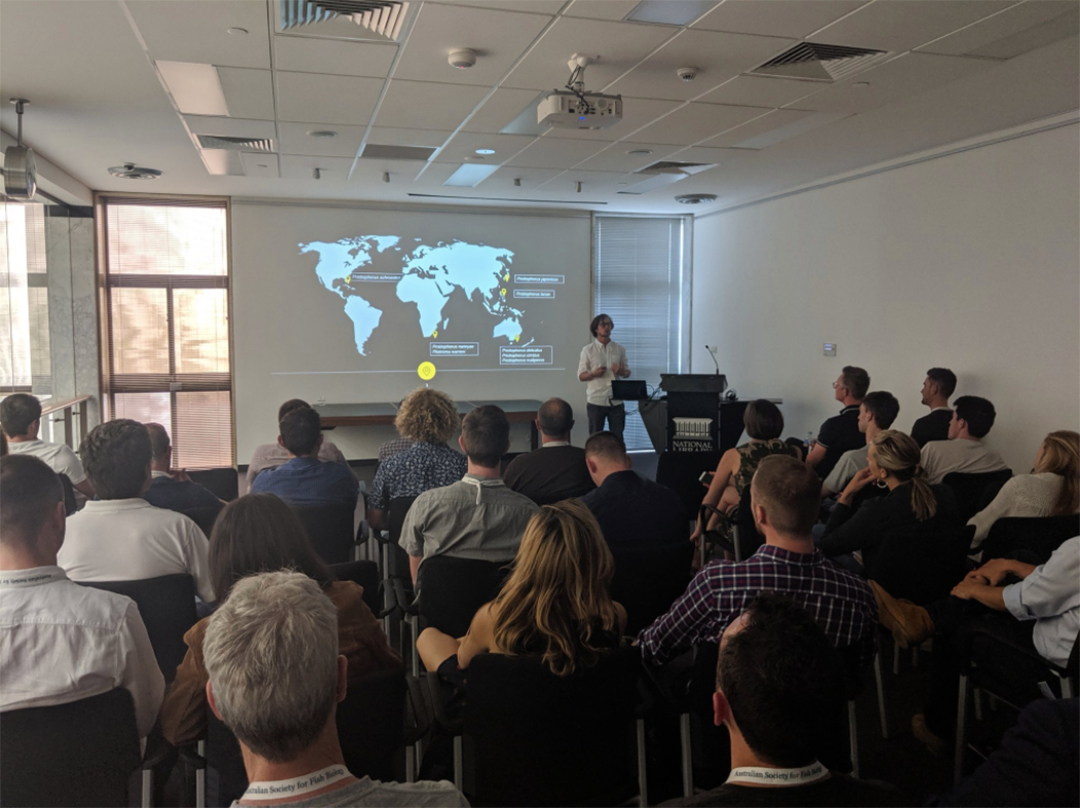
Presenting sawshark movement ecology research at the Australian Society for Fish Biology. Photo © Kevin Bairos-Novak
This was my path to where I am today as a PhD candidate in Australia but there are many ways to achieve your passion. If marine science is your thing then reach out to the science community on Twitter and take all opportunities. Who knows where it could take you?
